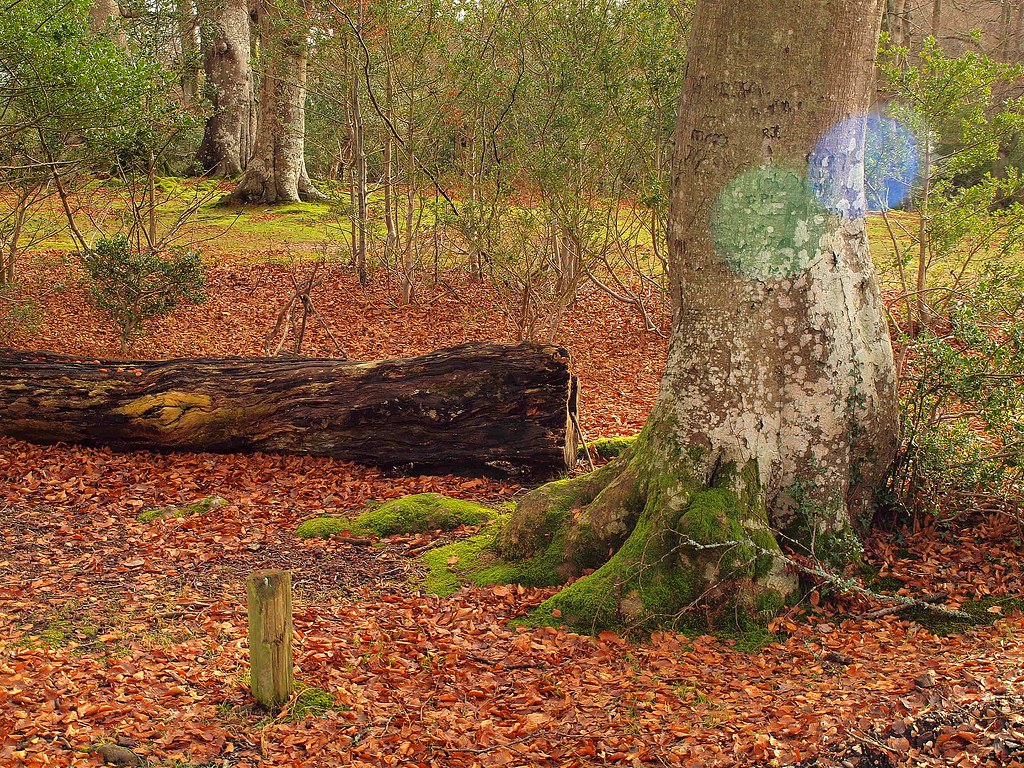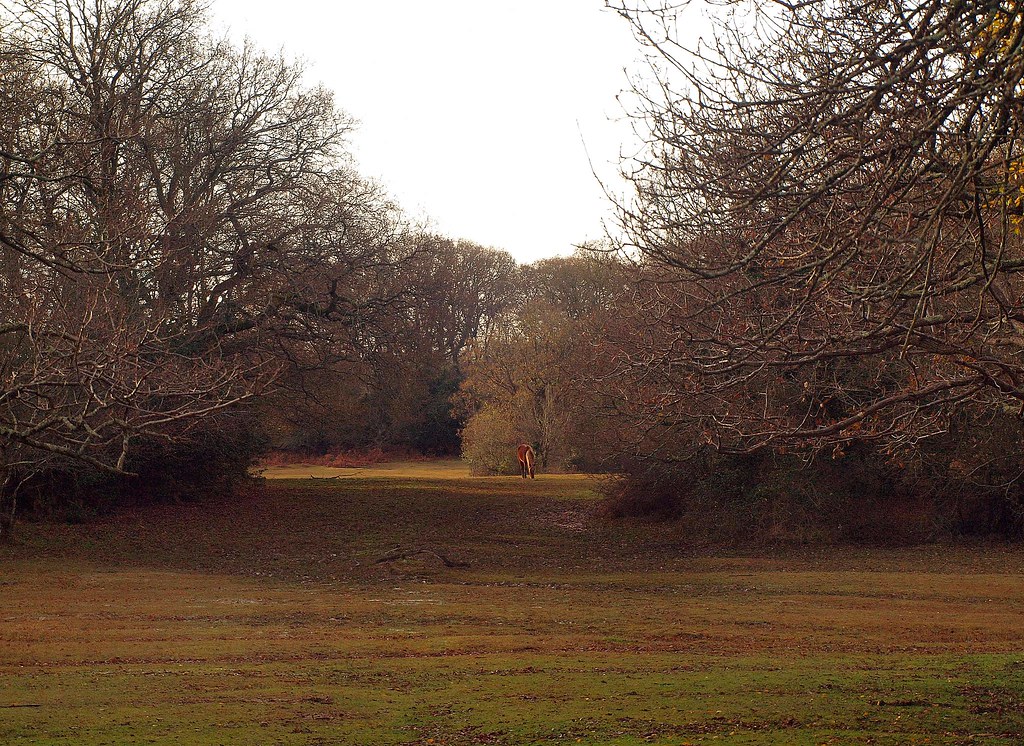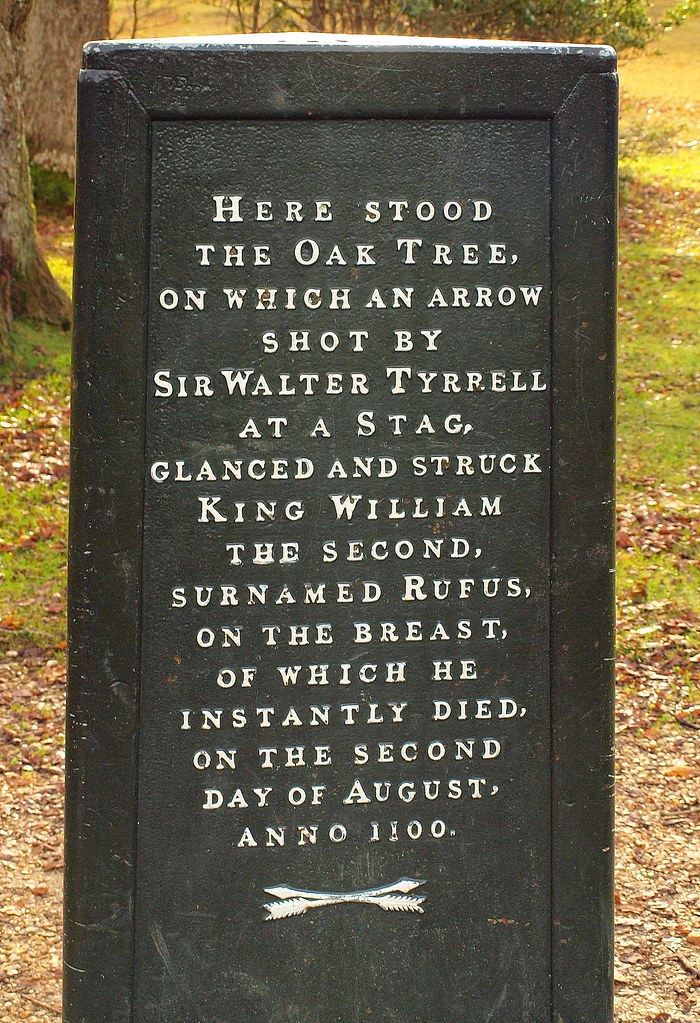 He was less successful in extending control into Wales. William is commonly known as William Rufus, perhaps because of his red-faced appearance.
He was less successful in extending control into Wales. William is commonly known as William Rufus, perhaps because of his red-faced appearance.Although William was an effective soldier, he was a ruthless ruler and, it seems, was little liked by those he governed: according to the Anglo-Saxon Chronicle, he was "hateful to almost all his people and odious to God."
 However, chroniclers tended to take a dim view of William's reign, arguably on account of his long and difficult struggles with the Church: these chroniclers were themselves generally products of the Church, and so might be expected to report him somewhat negatively.
However, chroniclers tended to take a dim view of William's reign, arguably on account of his long and difficult struggles with the Church: these chroniclers were themselves generally products of the Church, and so might be expected to report him somewhat negatively. His chief minister was Ranulf Flambard, whom he appointed Bishop of Durham in 1099: this was a political appointment, to a see that was also a great fiefdom. The particulars of the king's relationship with the people of England are not credibly documented.

William was roundly denounced in his time and after his death for presiding over what was held to be a dissolute court, in terms which, in modern times, have raised questions over his sexuality. In keeping with Norman tradition, William scorned the English and their culture.
William seems to have been a flamboyant character, and his reign was marked by his bellicose temperament. He did not marry, nor did he produce any offspring, legitimate or otherwise.
He died after being struck by an arrow while hunting in what is now called The New Forest, under circumstances that remain murky, and was succeeded by his younger brother Henry.
The Rufus Stone
 A stone known as the Rufus Stone marks the spot where he supposedly fell, The claim that this is the location of King William II's death appears to date no earlier than a 17th century visit by Charles II to the forest.
A stone known as the Rufus Stone marks the spot where he supposedly fell, The claim that this is the location of King William II's death appears to date no earlier than a 17th century visit by Charles II to the forest. 
At the time the most popular account of William II's death involved the fatal arrow deflecting off a tree and during Charles II's visit to the forest he appears to have been shown a suitable tree.

In letters in The Gentleman's Magazine it was reported that the tree was cut down and burned during the 18th century.
Later in that century the rufus stone was set up. Originally it was around 5-foot 10 tall with a stone ball on top. In 1789 the stone was visited by King George III along with his queen and an inscription was added to the stone commemorate the visit. It was protected with a cast iron cover in 1841 after repeated vandalism.

The inscription on the Rufus Stone reads: Here stood the oak tree, on which an arrow shot by Sir Walter Tyrrell at a stag, glanced and struck King William the Second, surnamed Rufus, on the breast, of which he instantly died, on the second day of August, anno 1100.
King William the Second, surnamed Rufus, being slain, as before related, was laid in a cart, belonging to one Purkis[e] to take the king's body to Winchester Cathedral on his cart., and drawn from hence, to Winchester, and buried in the Cathedral Church, of that city.
